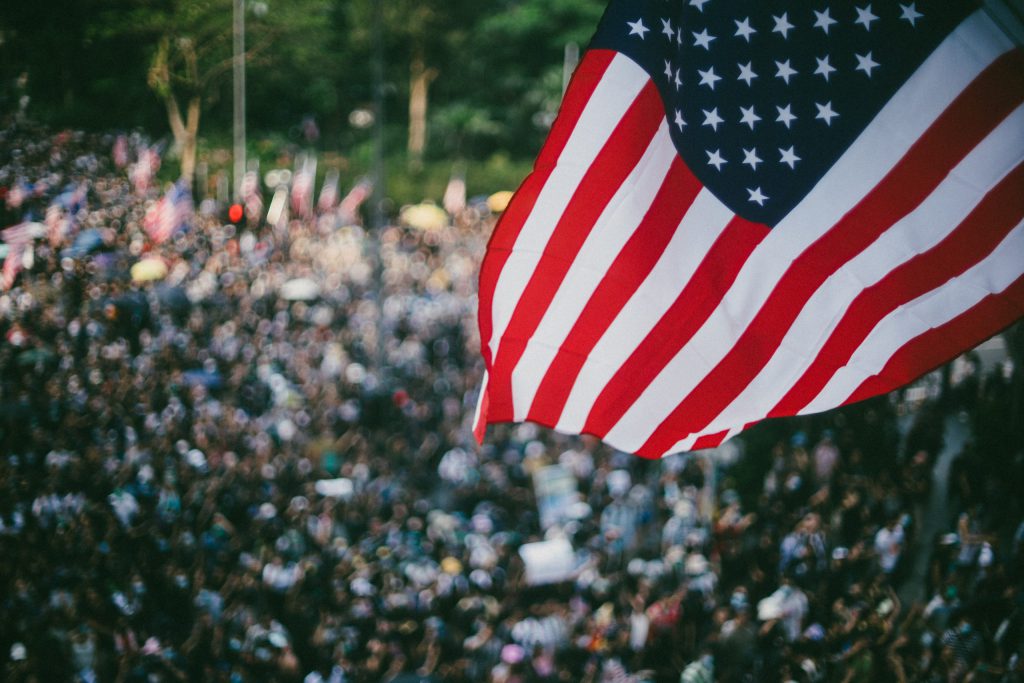This report assesses the power of voters of color by analyzing 2008, 2012, and 2016 voting trends to predict the total number of eligible voters, registered voters, and turnout for 2020 by state. Focusing on the 10 most Latino populous states, this report finds that voters of color are shaping the 2020 presidential election in novel ways because of the oversized share that voters of color represent in the Democratic primary contests, including in critical battleground states.
Overview:
In the U.S., there is an aging and declining white population that is supported by a younger and growing plurality of color. These population changes indicate that people of color, America’s new majority, are the country’s economic engine, future workforce, and greatest share of new voters. Latino voters join Asian American, Native American, and Black voters to form the country’s new majority, a voting bloc of non-white voters who are set to transform electoral politics for decades to come. In this report, UCLA LPPI calculated the number of eligible voters, registered voters, share of Democratic voters, and share of Democratic delegates for all 50 states. This report focuses on the nation’s ten most populous Latino states: Arizona, California, Colorado, Florida, Illinois, Nevada, New Jersey, New Mexico, New York, and Texas, to make clear that Latinos, combined with other voters of color, are fundamental to the outcomes of the November presidential election.
Key Findings:
- Voters of color are shaping the 2020 presidential election in novel ways, even in states like Iowa, because of the oversized share that voters of color represent in the Democratic primary contests, including in critical battleground states.
- UCLA LPPI forecasts a total turnout of 140,269,000 voters in this year’s general election – an increase of nearly 3 million voters compared to November 2016.
- The new majority is slated to represent almost 30 percent of all votes in November, which includes an estimated 18,903,00 Black voters, 14,849,000 Latino voters, and 6,415,000 from Asian American voters.
- UCLA LPPI projects that 2051.6 of all pledged delegates will be determined by non-Hispanic white voters, 648.7 by Latino voters, 997.4 by Black voters, and 269.3 by Asian American voters.
- UCLA LPPI estimates that Latino voters will account for 37 percent of all Democratic delegates; 348 delegates total.














